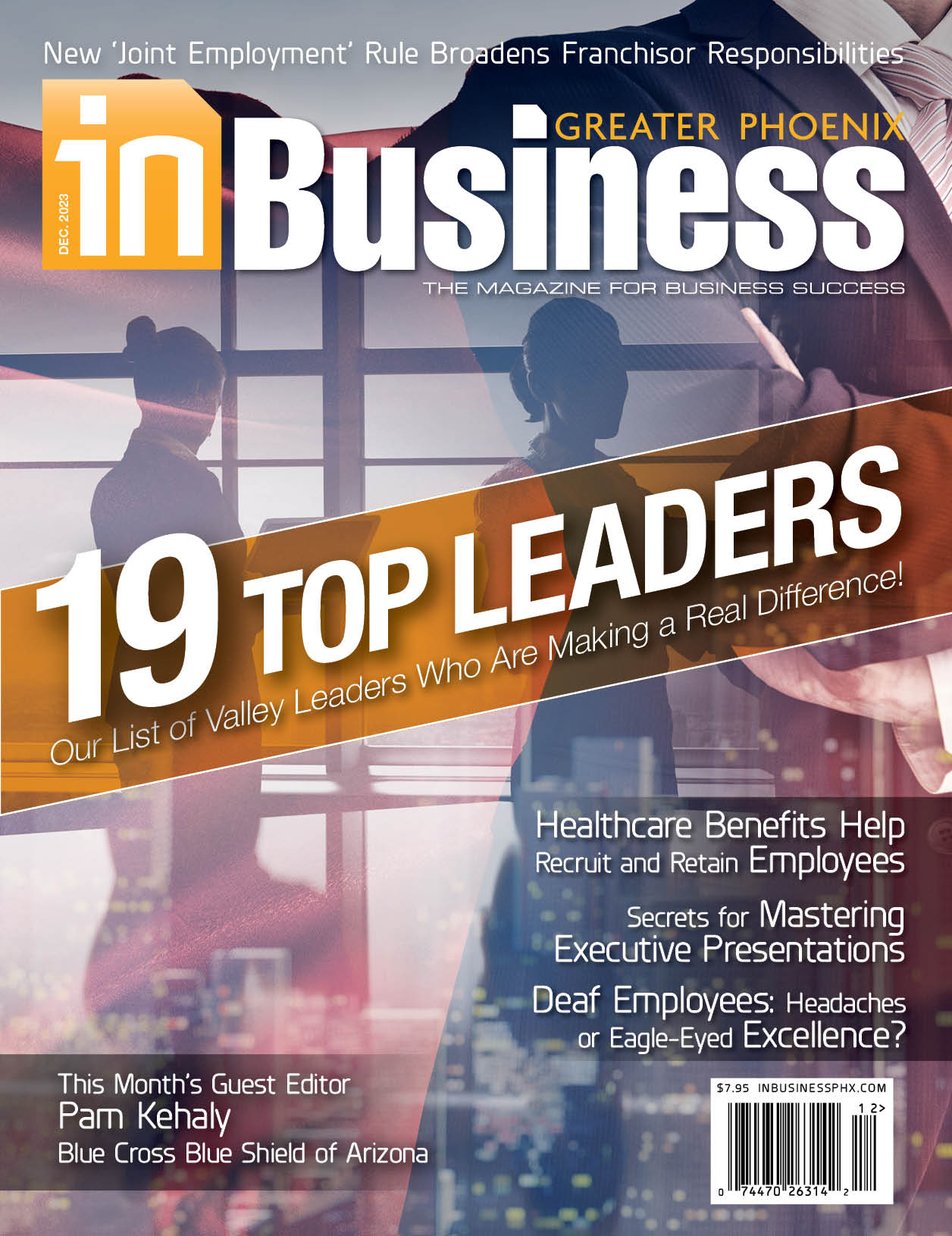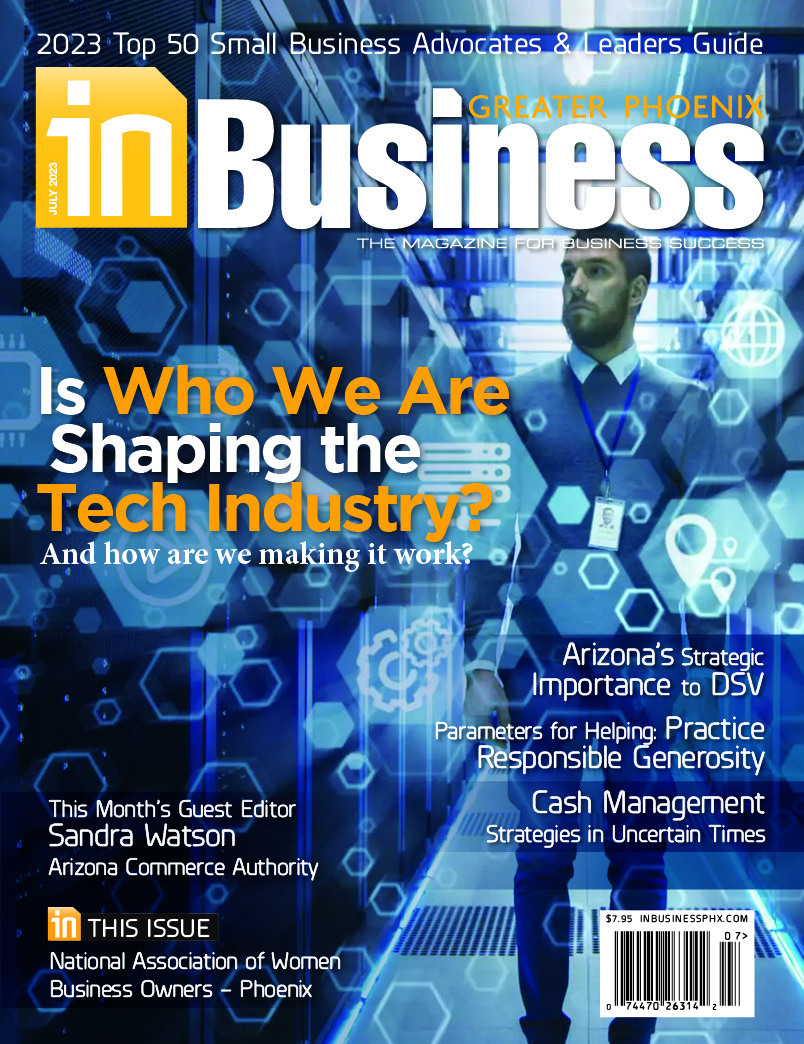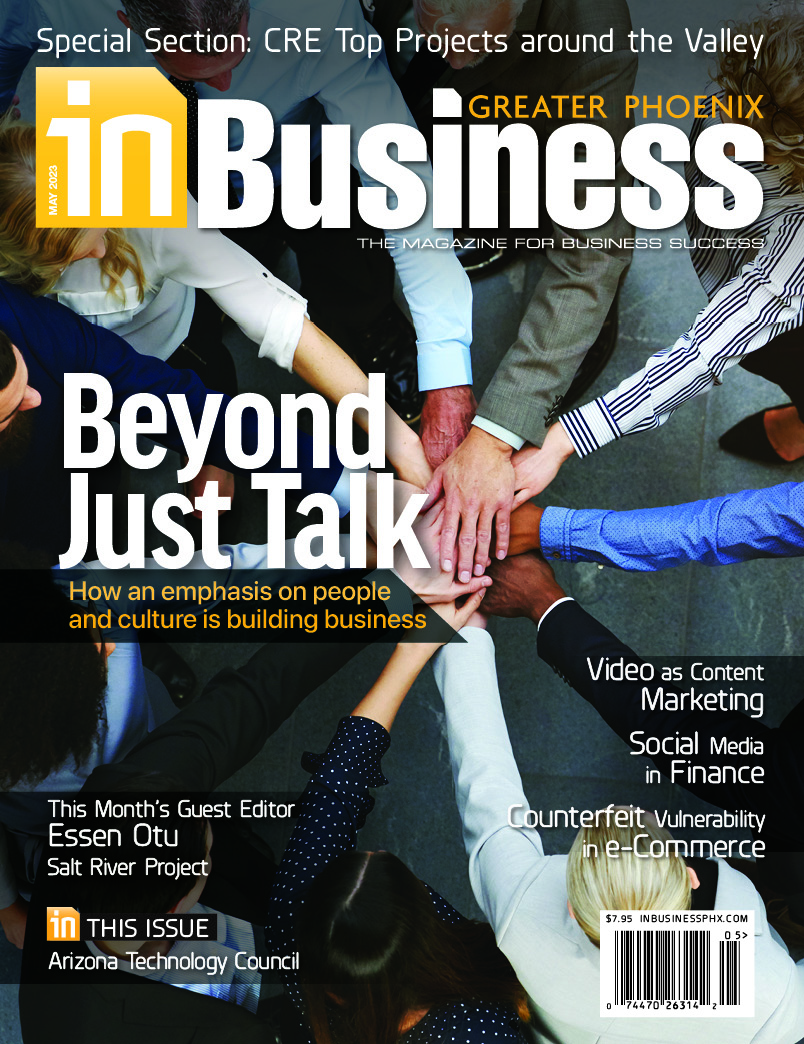With four generations in the workplace, there’s bound to be some friction. From “Okay, Boomer” dismissals to gripes about entitled Millennials and tech-obsessed Gen Z, each generation has its own complaints about the others. Meanwhile, Gen Xers tend to be perpetually overlooked—which is hurtful in a different way.
The one consistent theme through the generations is that at some point, they each declare the next generation as the demise of all time. With all the (often wildly unfair!) stereotypes swirling around, workplace management expert Jo Anne Preston says the potential for misunderstandings and conflicts is high. All too often, different generations work against rather than with each other, which negatively impacts morale, cohesion, and productivity.
“Conflicts arise when generational cohorts view workplace norms differently and believe their own view is the way it ‘ought’ to be,” says Preston, author of Lead the Way in Five Minutes a Day: Sparking High Performance in Yourself and Your Team (Health Administration Press (ACHE Management), 2021, ISBN: 978-1-6405523-5-7, $17.95). “When these conflicts crop up, I encourage people to ask themselves, Do I want to be right, or do I want to be effective? In other words, is it more important that an employee from a different generation ‘pays their dues’ or ‘gets with the times’…or that you find a way to reach your team’s goals together?”
Preston acknowledges that some generational stereotypes arise for a reason; each age group does have its own priorities and ways of working. But she reminds leaders to bear in mind that each team member is a unique individual, and that forging a productive cross-generational partnership requires empathy, understanding, curiosity, and compromise.
“When working with someone of a different generation—whether they are older or younger—ask and listen for how they learn, what kind of feedback helps them succeed, what they know, and what they need from you,” she says. “Also, be open to learning what they can teach. The individual relationships of trust you create are your most powerful asset.”
Here, Preston offers advice to help members of each generation work together more effectively—no matter who is in the leadership role:
Managing Millennials (and Gen Z, too)
Help younger employees feel connected… Millennials and Gen Zers may not be as loyal to employers as previous generations. They don’t have to be. With workforce shortages, they have the power to choose probably more than any previous generation. If you want them to stay with you, remember that they want to be valued, heard, and developed. Cultivating meaningful relationships with them is vital to reducing turnover.
“Spend time getting to know younger generations and what makes them tick,” advises Preston. “Yearly performance evaluations won’t cut it. Mentoring and feedback are part of your job as a leader, so have regular conversations. If you’re from an older generation, be prepared to spend more time clarifying expectations and reinforcing progress more than you might be used to—or need for yourself.
“Realize that this higher-touch approach isn’t a bad thing,” she adds. “It means you’ll have your finger more firmly on the pulse of what your employees need, what’s going well, and what barriers they might be facing—which will allow you to lead more effectively.”
…And ensure they’re doing meaningful work. Millennials and Gen Zers were raised to expect greatness. If there are no opportunities for advancement (or at least opportunities to take ownership of something impactful at work), don’t be surprised if younger employees leave for better options.
“During your regular conversations with Millennials and Gen Zers, talk about why their work matters and how it can help them grow,” says Preston. “Set clear targets for promotion and coach them on reaching those goals. Teach them to be the type of leader you would want to follow.”
Keep an open mind regarding what Millennials and Gen Zers can teach you. Most obviously, younger generations are a great resource when it comes to technology. Millennials aren’t so much tech savvy as they are tech unafraid, while Gen Zers were raised with screens in their hands. Beyond device advice, younger generations also have a lot to teach on topics like inclusivity, flexibility, unconscious bias, and more.
“We can learn from younger employees about taking risks and trying new things,” says Preston. “Personally, observing their strengths, priorities, and successes has given me a lot of optimism about the future. These generations are already doing amazing things—and we need them to!”
Managing Generation X
Recognize and reward their contributions. Gen X pushed the envelope when it came to valuing employees for the results they produce, not how early they arrive, how late they stay, their tenure, or their title. This cohort helped shift the focus in the workplace from effort to outcome—and they still value it when leaders notice their achievements and impact.
“Recognition is especially meaningful to this generation because they’re sandwiched between two larger generations (Boomers and Millennials) whose more evident tensions often steal the spotlight,” Preston points out. “It’s no wonder Gen Xers are known for their independence and cynicism! Gen Xers do value thanks, praise, compliments, and other types of recognition, but—real talk—you should also make sure you’re fairly compensating them for their contributions.”
Help them maintain work-life balance. This generation challenged the idea that family and health must be sacrificed for career success. However, many still walk a tightrope of priorities as they attempt to “have it all.”
“I have heard many Gen Xers say that striving for balance between career goals and family and personal time is stressful,” shares Preston. “They may not be as vocal as younger workers regarding their desire for flexibility and time off, but it’s there nonetheless. You can also ensure they have a fair and manageable workload, and that their time isn’t being wasted through busywork, unnecessary meetings, etc.”
Ask for their ideas. From early adoption of technology to the rise of business casual to flattening hierarchical structures, Gen X pushed Boomers to question whether “the way we’ve always done it” is actually the best way. Even though they’re no longer the newest kids on the block, they still value continual improvement and innovation.
“If you ask a Gen X employee to make a change or try something new, make sure you have a good reason for doing so—and be ready to discuss it,” Preston says. “Also, make sure you’re engaging these workers by asking them to share their ideas, feedback, and concerns. They want the opportunity to make their own mark with their own solutions.”
Managing Baby Boomers
Explore why they’re attached to their way of doing things. Almost all younger leaders have found themselves in a battle of wills with Boomer employees. While there are thousands of them retiring daily, some have no desire to retire, or they come back to work after trying retirement. This generation has been largely in control of the workplace for decades and has shaped many of its processes and norms. Understand that letting go of long-held opinions and ways of working is difficult—but don’t let that stop you from gently nudging Boomers to change.
“Ask questions that are designed to make Boomers think,” suggests Preston. “Be patient, even if they stumble or balk at first. Make sure you’re approachable when they are ready to talk. Often, having a respectful conversation will enable you to make headway, whereas giving a unilateral instruction prompts defensiveness and disengagement.”
Remember that learning is a two-way street. As a leader, you can and should develop all of your employees—even those who are older than you. With empathy, you’ll need to coach Boomers as they learn new skills, work toward better solutions, and change long-held mindsets. As you do so, remind yourself that older employees have much to teach you, too.
“There’s much to be said for the wisdom of experience,” notes Preston. “What sounds good in theory or seems straightforward on paper might be much more complex than you realize. When offered in good faith, take Boomers’ opinions and suggestions seriously—and be sure to credit them for their contributions. These employees may become some of your most valuable sounding boards and strongest allies.”
Don’t apologize for being in a leadership role. Let’s be honest—being in a position of authority over someone who is older than you can feel uniquely uncomfortable. You’re responsible for developing, evaluating, and—gulp—correcting people who might be old enough to be your parents. Especially at first, some of them might feel threatened, resentful, skeptical, or even angry about reporting to a younger leader.
“As I’ve shared, openly acknowledge that these employees have years of experience and invite their feedback with humility—but don’t allow their age to intimidate you,” says Preston. “You were hired because you are qualified and competent. You are not an imposter. Instead of seeking approval from Boomers, work to earn their respect and cooperation. The approval will come. You’ve got this!”
“As I’ve worked with employees of all generations, what has ultimately stood out is not their differences, but their similarities,” Preston notes. “Employees and leaders of all age groups agree that they want to be respected, treated as equals, involved, honored for their expertise, and listened to. If you aim to treat each employee as an individual, when age does come into play, it will be because you’re focusing on each generation’s strengths—not its stereotypes.”
Jo Anne Preston is the workforce and organizational development senior manager at the Rural Wisconsin Health Cooperative, where she brings over four decades of her healthcare leadership experience to designing and delivering leadership and employee education for rural healthcare throughout Wisconsin and the U.S. Her aim is to offer to leaders straightforward tools and to inspire the courage to use them. She has a master’s degree in educational psychology/community counseling from Eastern Illinois University, is the author of Lead the Way in Five Minutes a Day: Sparking High Performance in Yourself and Your Team.















Speak Your Mind
You must be logged in to post a comment.